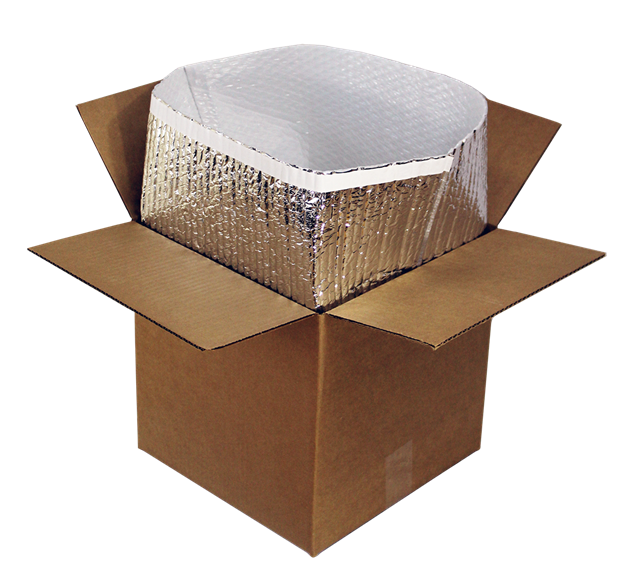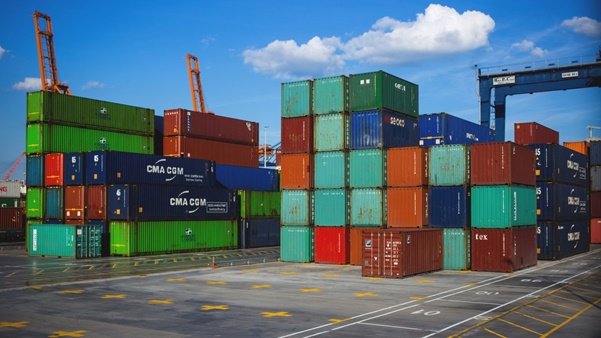Being concerned about ensuring your temperature-sensitive shipments are delivered without compromising value is something that many businesses experience. Temperature-controlled packaging can help a lot in this manner, but there are other details you should consider to make sure your shipment reaches its destination within the specified temperature range.
Depending on the products that you ship, even the slightest temperature fluctuations can cause damage, and this can result in a significant loss of product value. Carrier services do take precautions to ensure goods are protected during transit, but there are additional preventative methods that businesses can take to further protect their freight.
1. Work with an experienced carrier company
If your shipments require a degree of oversight during transit, it helps to develop a relationship with your carrier. You should look to work with a provider that understands the needs of your supply chain, and is prepared to develop practices that work with your requirements.
When sourcing a carrier to work with, consider inquiring about the following:
- Relevant experience
Has the carrier handled shipments like yours before? Working with a company that has experience shipping your type of product can help you gauge whether they will be able to meet expectations.
- Performance metrics
Having a good understanding of factors such as on-time delivery rates can help you to assess which companies will delivery reliable service.
Find a carrier that can handle your shipments with efficiency and speed, and you’ll be better prepared for shipping your temperature-sensitive freight.
2. Utilize effective insulated packaging
You can keep your shipments within a pre-specified temperature range using either active (refrigerated) or passive insulation techniques. While using refrigerated containers will provide temperature control, it is far more costly than using efficient passive insulation methods.
Using passive insulation techniques, such as packaging your goods in insulated shipping boxes, helps to effectively maintain a desired temperature, without eating into your profit margins.
3. Set clear expectations
Ahead of scheduling a shipment with your carrier, be crystal clear about your requirements. It is essential that they know about acceptable temperature ranges, as well as any special handling requirements. Ensuring these expectations are made clear from the outset helps to guarantee a smooth, successful shipment.
4. Be prepared for loading and unloading
While the carrier is responsible for maintaining the appropriate temperature during shipment, you need to take measures to avoid significant temperature fluctuations during pick-up and after the shipment is delivered. Keep the following guidance in mind:
- If a refrigerated dock is not available, designate a temperature-regulated area to store your shipments ahead of loading. Passive insulation is designed to maintain a given temperature, and cannot heat or cool items to the required temperature range.
- Take note of the temperatures when loading and unloading. Confirm that the shipment is within the acceptable range before loading for transport and when unloading to ensure product integrity is unaffected.
5. Utilize cold gel packs for additional protection
Ice packs for shipping provide an effective additional layer of protection when shipping goods in warm climates. Small, compact, and effective, these cold packs fit neatly alongside your products to keep shipments within the desired temperature range for even longer shipping durations.
Taking these tips into consideration when shipping your temperature-sensitive freight will help to ensure your products reach their destination without any loss in value.



